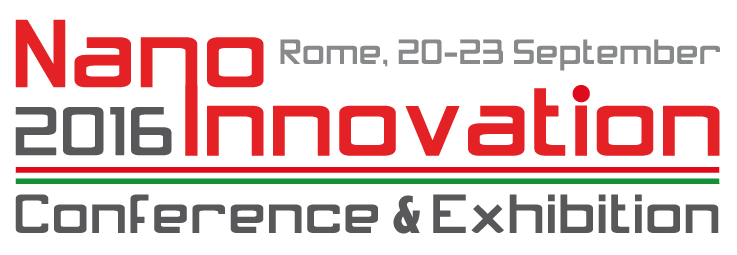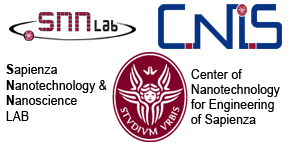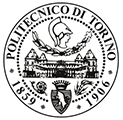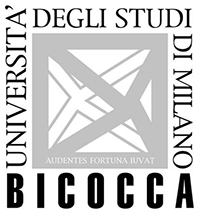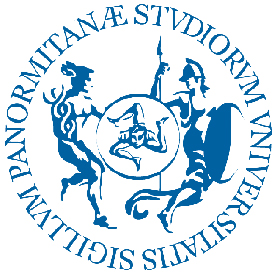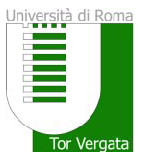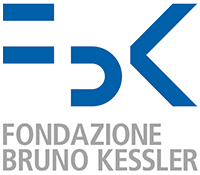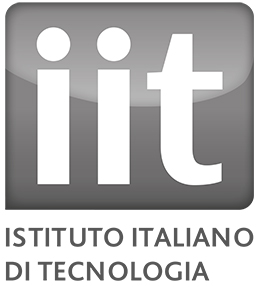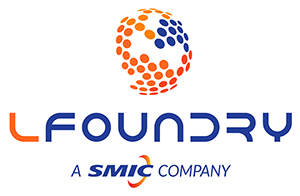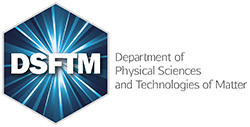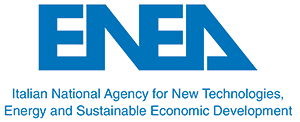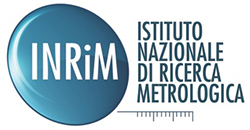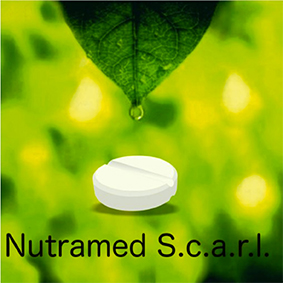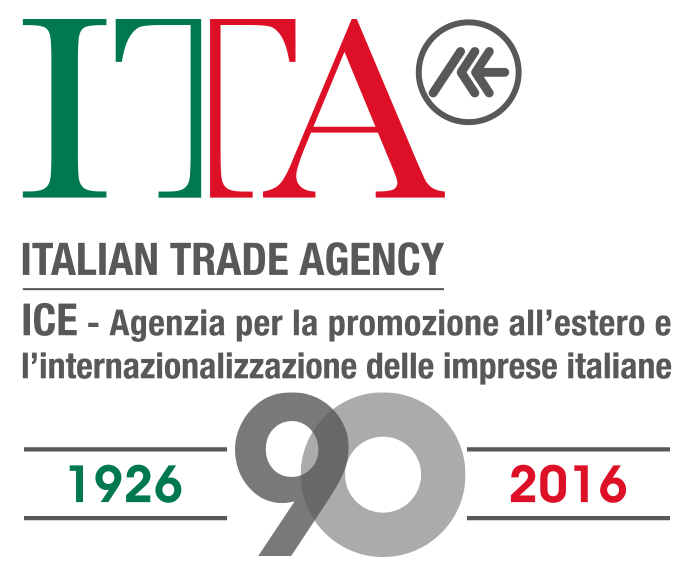TS.VII.A.4
Memristive properties of ZnO nanowires for neuromorphic applications
Gianluca MILANO, Politecnico di Torino - IIT@PoliTO
The need for fast and scalable memory technologies is dramatically increased in recent years with the great growth of digital data. Among new memories, memristor has attracted great attention due to high density, high speed, low power and low cost production. These characteristics make this kind of devices suitable for numerous applications, such as next-generation memories, logic applications and neuromorphic systems. Memristors are two terminal devices operating as resistive switches that can retain an internal state based on the history of applied voltage and current. Latest technological achievement showed how memristors can be realized with a metal-insulator-metal structure. Looking at different materials and nanoscale systems with memristive properties, quasi-one dimensional nanostructures have attracted great interest for the unique physical properties and can potentially be used as building blocks of emerging nanoelectronic devices.
In this work it is reported the memristive behaviour of ZnO nanostructures. ZnO nanowires (NWs) were synthesized using the catalytic properties of a Pt substrate by Low Pressure Chemical Vapor Deposition (LPCVD) at 650°C, using a Zinc foil (99.95% of purity) as Zn source and O2 as a gas precursor. This technique allows a uniform growth of hexagonal shaped ZnO NWs, vertically aligned in the [002] direction, as confirmed by electronic microscopy and X-Ray Diffraction (XRD). In addition, Raman Spectroscopy shows the typical features of ZnO, while X-Ray Photoelectron Spectroscopy (XPS) reveals a good stoichiometry. As a consequence of the LPCVD growth, a thin layer of ZnO (base) is present between the Pt substrate and ZnO NWs. Using a top-down approach, NWs were separated from the base and both were electrically characterized, in order to investigate physical properties of switching. Furthermore, a preliminar study shows that it is possible to tune the memristive behaviour in these devices by exploiting unique properties of the nanostructures, such as surface and confinement effects. The realization of such devices can pave the way for the realization of neuromorphic circuits.
Back to TS.VII.A
